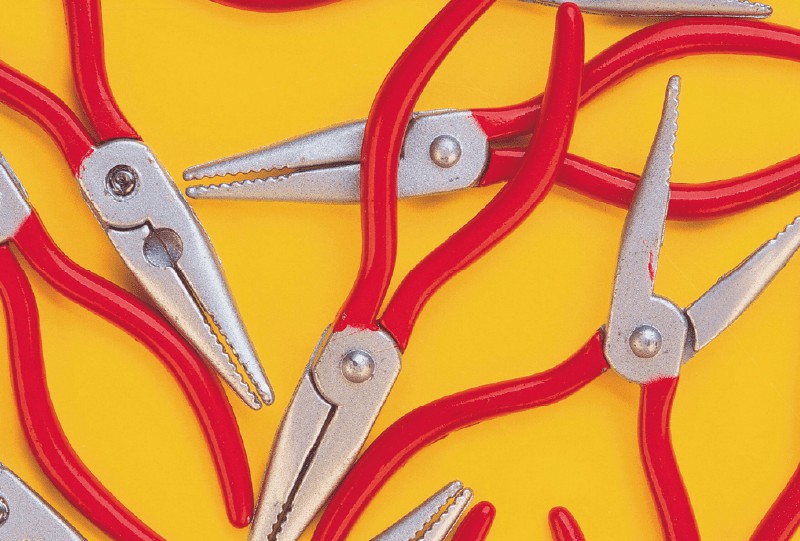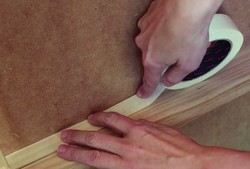Types of pliers: the most used in DIY
Pliers are one of the most basic and essential tools in any workshop or toolbox. Whether you're a beginner or a DIY pro, you probably have at least a couple of them. But do we really know how many types of pliers there are and what they're used for? In this article, we'll explain the most common types of pliers and what they're used for in the DIY world.

Universal pliers
The universal pliers is, as its name suggests, one of the most versatile and used by both amateurs and professionals. Its design makes it ideal for performing multiple tasks, such as tightening, loosening, cutting, stretching or even stripping cables. The robustness of its jaws and its holding capacity make it an essential tool for any cutting or adjustment task.
In addition, it has a cutting section and a serrated mouth that is perfect for holding circular pieces. However, it is not advisable to use it with hexagonal pieces, as you can damage the surfaces by rounding them. For this type of work, a wrench is ideal.
Wire stripping pliers
Wire stripping pliers are specifically designed to work with electrical cables. Their main function is to remove the cover that protects the cables, exposing the copper conductive core. This makes it easier to create safe and precise electrical connections.
One of the advantages of this type of pliers is that it allows you to adjust the distance between the jaws depending on the thickness of the cable you are working with. This minimizes the risk of cutting the cable incorrectly and ensures an accurate result.
Hole Punch Pliers
Hole punch pliers are a tool that you may have used without knowing its name. They are the type of pliers used to punch holes in materials such as leather, cardboard, or even some metals, such as when you need to make an extra hole in a belt or strap. They are very useful for precision work on materials that require holes of different sizes.
Cutting Pliers
While universal pliers can also cut, cutting pliers are specifically designed to make precise cuts. They are the best choice when you need to cut accurately and safely, especially in materials such as cables and wires. Don't confuse these with pliers, as although both tools may look similar, they have different functions.
Needle-nosed pliers or stork-nosed pliers
Needle-nosed pliers, also called stork-nosed pliers, are characterized by their long, thin jaws, which allow them to reach into tight spaces and hold small parts. Unlike other pliers, these do not have a cutting part, making them ideal for precision work where you only need to hold.
This type of pliers is very popular among electricians, as it allows them to safely handle cables and wires. In addition, you can find them in versions with straight or angled jaws, depending on the task you are going to perform.
Round-nosed pliers
Round-nosed pliers are distinguished by having conical or cylindrical jaws. They are versatile tools that are used in two very different sectors: the electrical and the craft sectors. In the electrical sector, they are used to create curls in wires, while in the world of handmade jewelry, they allow you to make loops and other decorative effects.
Conclusion
These are just some of the most common types of pliers in DIY, although there are many more models designed for specific tasks. From the universal pliers, ideal for multiple uses, to needle-nose pliers or hole punches, each one has its particular function. Which are your essential pliers?





Our customers trust us
Opinions of our clients
Receive our news